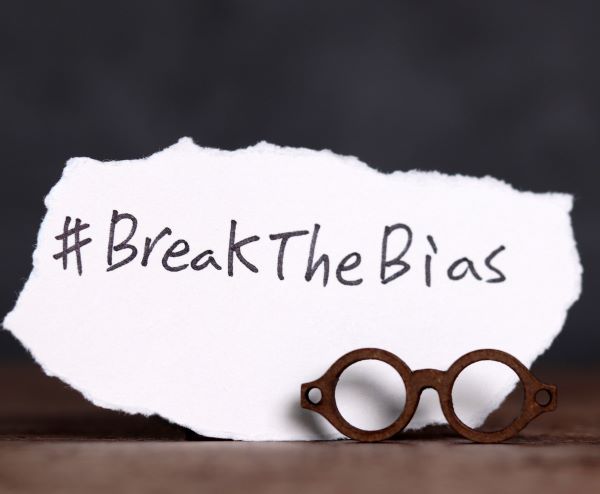Suggestions of bias are common in significant juried botanical art exhibitions. I hear them all the time.
While sometimes it might just be sour grapes, other times the allegations of bias are hard to dismiss, particularly when the exhibition organizers seemingly make little effort to avoid the perception of bias. For instance, organizers entering their own exhibitions, teachers jurying their own students, sympathy votes displacing deserving votes, and hard-to-dismiss appearances of cronyism in the final selection, to name just a few, are all bound to appear inappropriate and fuel allegations of bias.
And, obviously, even just the suspicion of bias has consequences for both artists and the exhibition organizers. In the shorter term, artists will regret the money and time spent on entering if they feel that they’ve been the victim of bias and, in the longer term, they’re bound to decline future invitations to submit. Exhibition organizers associated with the perception of bias are bound to see their submission numbers decline.
This is why I was delighted to see a widely-publicised explanation by the UK’s Society of Botanical Artists (SBA) of the process they used for ensuring transparent and unbiased jurying for their upcoming online exhibition. They had to whittle down 1,300 plus entries to a 350-piece exhibition. This is how they did it . . .
They had a panel of ten judges who saw a digital image of each painting without any artist name or other details. The judges worked individually. All they had to do was give each painting one of three ratings: ‘Yes’, ‘No’, or ‘Maybe’.
The two co-presidents then looked at the judging results. First, they approved all the paintings that received ten ‘Yes’ votes. They then worked their way through the nines, eights, sevens and six ‘Yes’ votes, and put them through.
Next, they looked at the ‘Maybes’. For instance, if a painting received five ‘Yes’ votes and at least three ‘Maybe’ votes, they put it through.
Finally, they looked at the results grouped by artist (without artist details) to limit artists with multiple entries to just two, even if an artist’s multiple entries were all amazing.
It’s understandable that they automatically eliminated entries with poor quality images. For example, images with grey backgrounds, low resolution images, upside-down images, and images that had been overly cleaned digitally.
Never in my years of exhibiting have I seen a jury process this well-designed, transparent, and successful at avoiding any suggestion of bias. The SBA needs to be commended for their leadership.
Now, let’s hope that other juried exhibition organizers follow suit and review their own processes.

